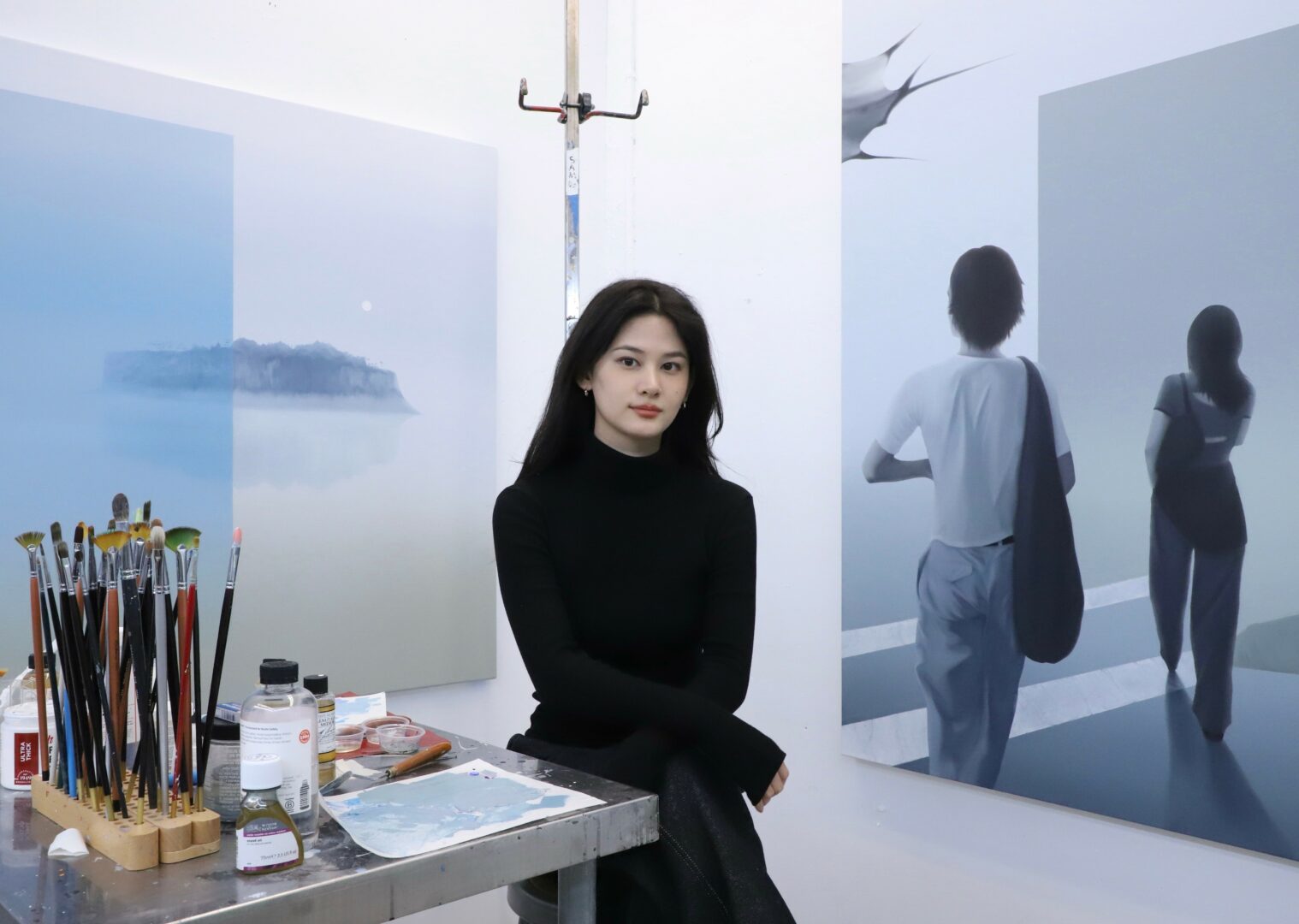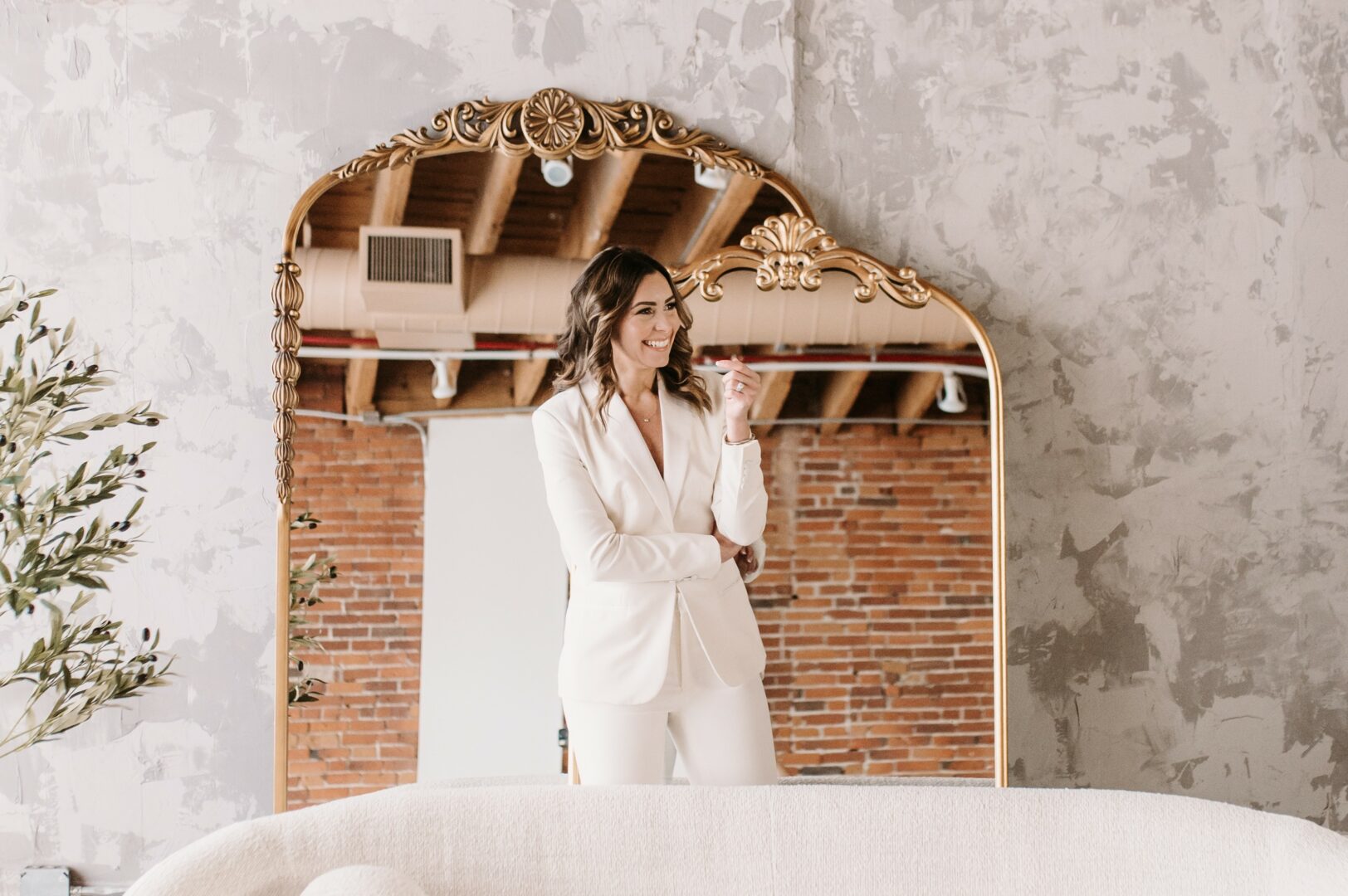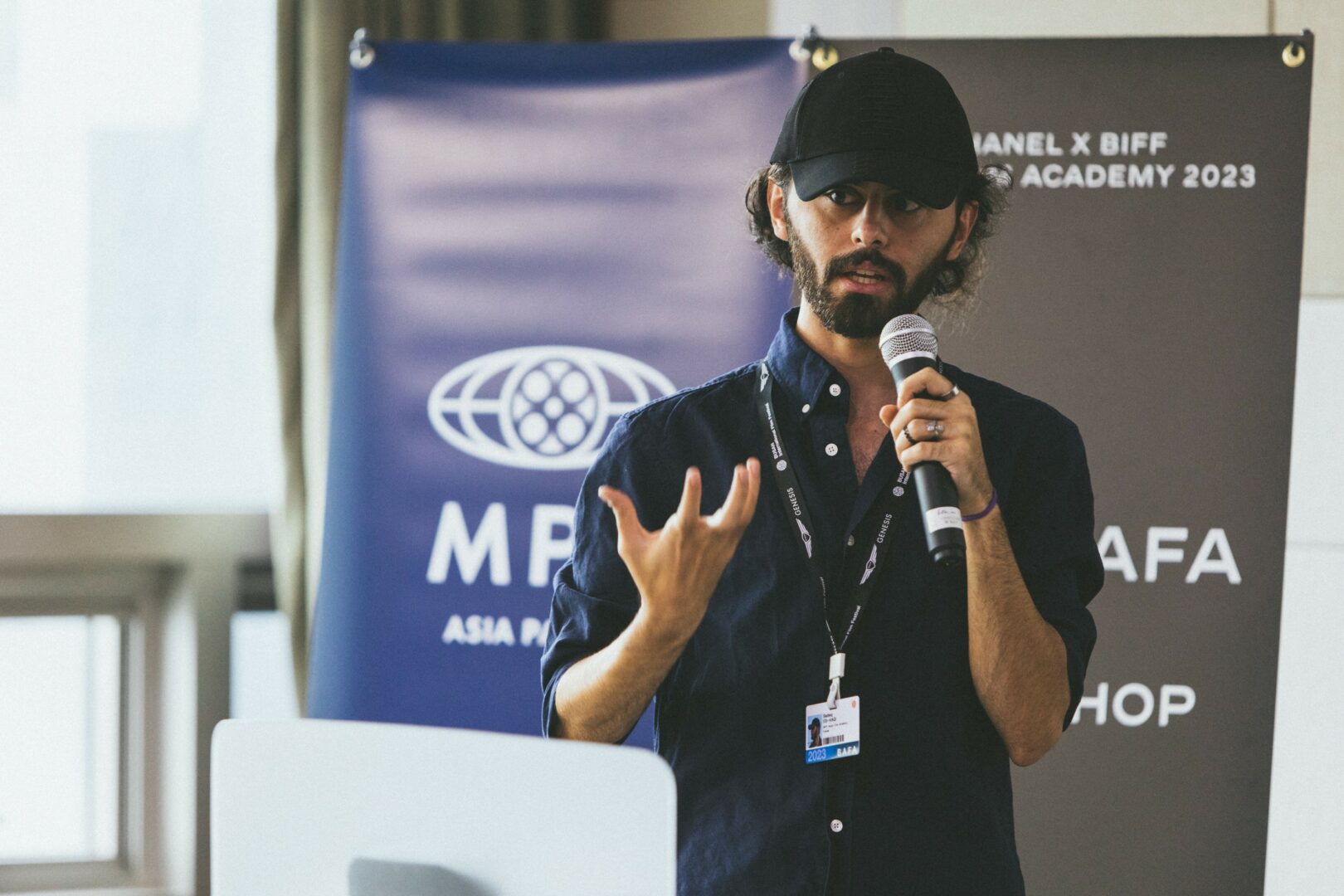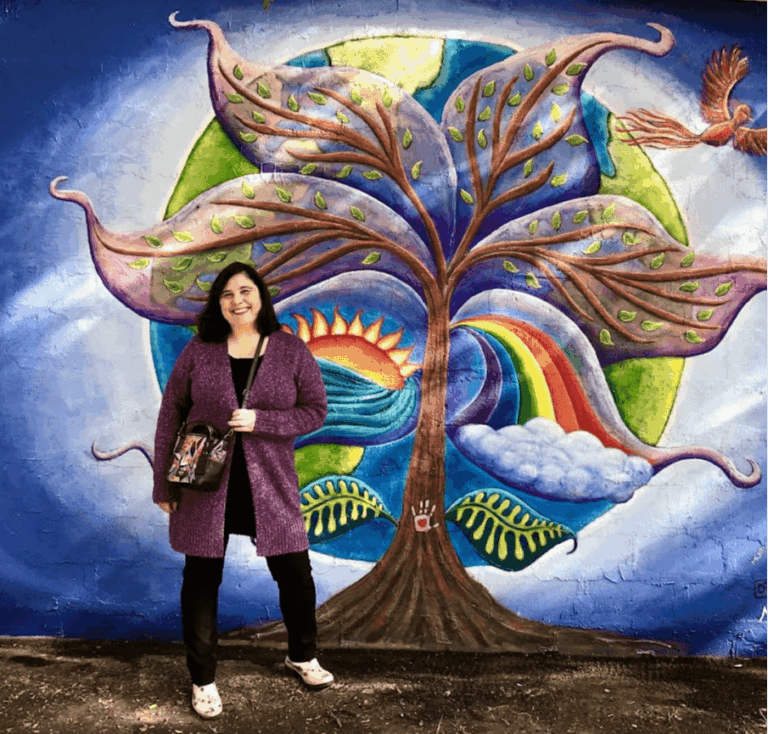We’re excited to introduce you to the always interesting and insightful Sona Lee. We hope you’ll enjoy our conversation with Sona below.
Sona, we’re thrilled to have you on our platform and we think there is so much folks can learn from you and your story. Something that matters deeply to us is living a life and leading a career filled with purpose and so let’s start by chatting about how you found your purpose.
Since I was very young, I don’t think I ever really questioned what I wanted to do. I loved making art early on, and I have vivid memories of coming home after school, setting up my little table, and spending hours lost in colored pencils and watercolors. My mom once told me that when I was just two or three years old, she woke up one morning to find me quietly painting with a brush and a cup of water in the living room, completely absorbed in my own world. I still often find myself longing for that younger version of me, the one who made art so freely, without hesitation or overthinking. My parents saved many of my childhood drawings and even created a website to archive them. Their steady encouragement and support made it feel natural for me to dream of becoming an artist, and I’ve been creating ever since.
However, that doesn’t mean I never struggled with questions about my path. Toward the end of my undergraduate studies in fine arts, the path of becoming an artist started to feel distant and unreachable. Watching friends start their careers and find stability after graduation, I sometimes felt like I was falling behind, lost at the starting line without a clear direction. Even so, I always knew I wanted to keep creating. During that time, I had to confront my interests and passions again, and it led me to understand myself more deeply.
During my first solo exhibition in Seoul in 2022, I remember people standing in front of my paintings for a long time, carefully observing and sharing their reflections with me. Their words have stayed with me. It was then that I realized my work could offer inspiration, comfort, or even soften someone’s feelings. Since that day, I’ve felt a new purpose forming. Beyond expressing myself, I want to continue creating things that can reach others in meaningful ways. That ability to stir something in another person feels like one of the greatest honors of being an artist.
Taking pride in what I do is still not always easy. The process of organizing my thoughts, reflecting inwardly, and creating something of my own is tightly entangled with daily life. There are moments when my passion burns brightly, and others when it fades without warning. When I first arrived in New York, I felt like a stranger—constantly grappling with language barriers and asking myself, “Am I doing okay?” The doubt was endless. But now, I try to remind myself that even those moments of feeling uninspired were never wasted. And they shaped the work I’m making now. In those times, I ask myself, “Maybe this moment will help me in future work. Maybe someday, I’ll even miss this.” That thought helps me keep going. I believe that through all the moments of doubt and perseverance, I’m slowly shaping my own rhythm and language. And in doing so, I’m gradually finding the direction I’m meant to follow.
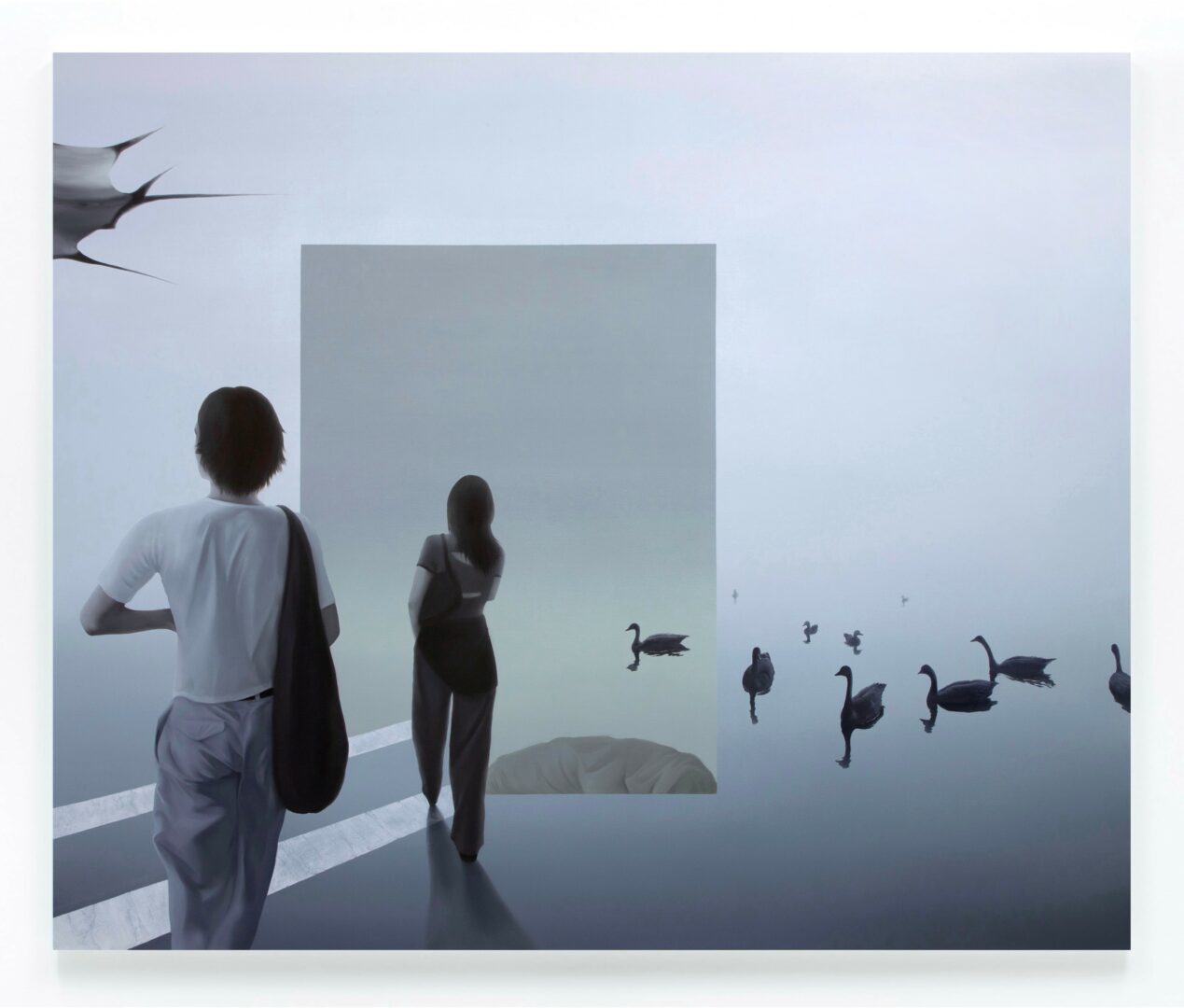
Thanks, so before we move on maybe you can share a bit more about yourself?
I am an artist based in New York and Seoul, primarily working in painting and drawing. My work explores the realms of dreams, memory, and the boundaries between reality and the surreal. I collect fragmented emotions and hazy scenes from dreams and reconstruct them into painterly narratives that often feel cinematic and psychological.
What fascinates me the most is the process of visualizing spaces that don’t exist in reality but are deeply felt emotionally. Through this, I aim to evoke in viewers a sense of familiarity within unfamiliarity, touching on hidden memories or unconscious spaces that lie within us all.
To further expand my practice, I actively participate in exhibitions and artist residencies.
Most recently, I’m part of a three-person group exhibition titled New Lands at C24 Gallery in Chelsea, New York. The show presents the works of three artists navigating the intersection of abstraction and landscape—spaces shaped more by sensation than geography. My contribution delves into the nonlinear logic of dreams, visualizing the blurred boundaries between memory, identity, and time. The exhibition runs from June 12 through September, at C24 Gallery (560 W 24th St, New York, NY), and is open Tuesday through Saturday, from 11am to 6pm. I would be delighted if those in New York could experience this imagined, emotional space in person.
This fall, I will also be joining the Long Meadow Art Residency. I look forward to immersing myself in a new environment where I can continue deep research and experimental work, and hopefully further expand the conceptual depth and material language of my practice.
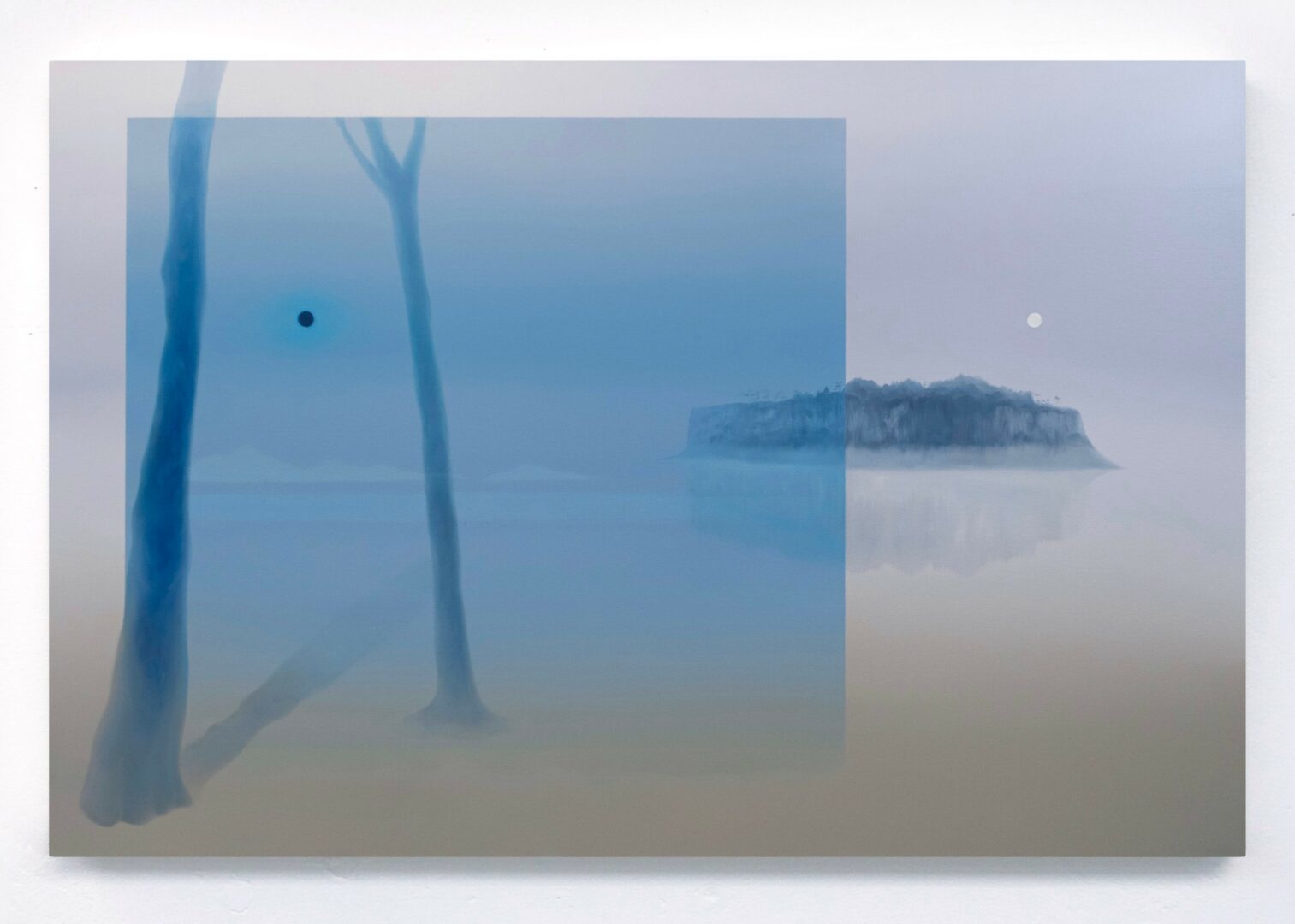
Looking back, what do you think were the three qualities, skills, or areas of knowledge that were most impactful in your journey? What advice do you have for folks who are early in their journey in terms of how they can best develop or improve on these?
The ability to observe has helped train my perception of the external world, allowing me to capture essential emotions and subtle tensions in seemingly mundane scenes. This sensitivity has served as the starting point for much of my work and laid the foundation for building my own visual language. In the early stages, I found it especially important to practice noticing the small details in everyday life. It’s not just about what is visible, but also about sensing the atmosphere or emotional undertones that lie beneath. Over time, consistent effort in this kind of perception helps to deepen one’s awareness, and developing a habit of organizing thoughts through sketching or writing can be incredibly helpful.
Continuous self-reflection has driven me to constantly reassess my work and question what it is I truly want to express. It has also played an important role in shaping both the direction of my practice and my life. I tend to be quite hard on myself—this mindset can be helpful at times, but it can also be emotionally draining. Still, I believe it has undeniably shaped the path I’ve taken so far. Cultivating this kind of awareness requires a willingness to ask yourself difficult questions and to face discomfort or failure head-on, rather than avoiding it. Keeping a journal or writing critical reflections can serve as a mirror for self-examination. In my case, the critique sessions I participated in during graduate school had a profound impact and helped me take a more honest look at myself. However, I’ve also come to realize that excessive self-criticism can sometimes do more harm than good, so it’s important to find the right balance and maintain a healthy distance when needed.
A multi-layered imagination has allowed me to freely weave together fragments of memory, dreams, and reality, enabling me to create scenes that don’t exist in real life but feel emotionally true. I believe this quality stems from a broad range of experiences and an open mindset. Being curious about not only art but also literature, film, psychology, and other disciplines helps expand the imaginative field. Embracing unfamiliar combinations and frequently recording or experimenting with even incomplete ideas are key. When I imagine or sketch something, I try not to fear the outcome and instead focus on expressing it first. No matter how strong an idea might be, if it stays in my head, it can never truly become mine, nor can it grow or evolve.
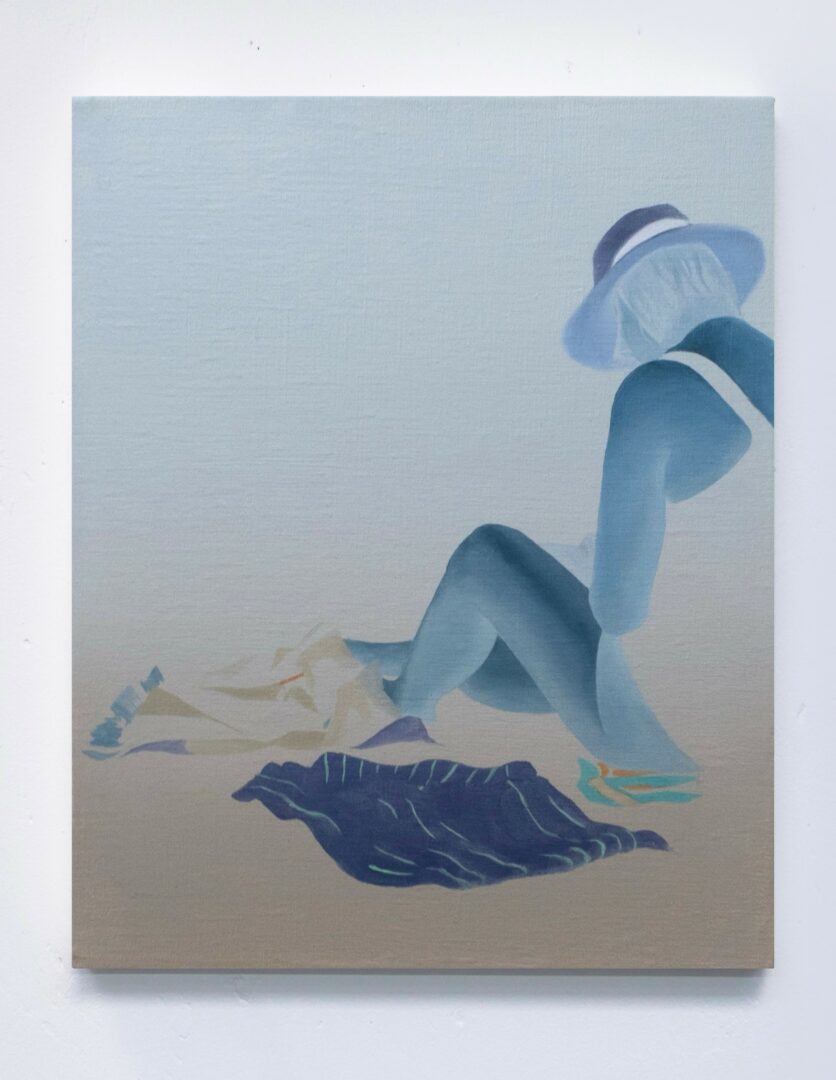
Looking back over the past 12 months or so, what do you think has been your biggest area of improvement or growth?
Over the past twelve months, the most significant growth I’ve experienced has been in my artistic practice. My first year in New York was largely spent adjusting to a completely new environment, but as I entered my second year, many things began to shift. As I grew more comfortable with the rhythm of the city and started forming meaningful connections with like-minded individuals, I found that my work naturally began to deepen. Engaging in honest conversations with other artists helped expand my perspective and pushed me toward more nuanced themes and modes of expression.
Emotional growth played an equally important role. I encountered new and unfamiliar emotions—loneliness, anxiety, even depression—that I had never experienced before coming to New York. At first, I was overwhelmed by them, but over time, I learned how to process and respond to them. Eventually, I began to integrate these emotional experiences into my work in a more sincere and direct way, which brought greater depth and authenticity to my practice.
Most of all, I feel that I’ve grown as a person. Navigating a new culture, language, and environment inevitably came with trials and errors, but through that, I learned a great deal. I still vividly remember my first midterm critique during graduate school, where I couldn’t even express a fraction of what I wanted to say and was left feeling defeated. Comparing that moment to my most recent final critique, the difference is striking—even to me. I was able to speak clearly about my intentions and communicate with confidence, even in front of an attentive audience. That transformation has been, without a doubt, the most meaningful growth I’ve experienced.
Contact Info:
- Instagram: @sssonalee
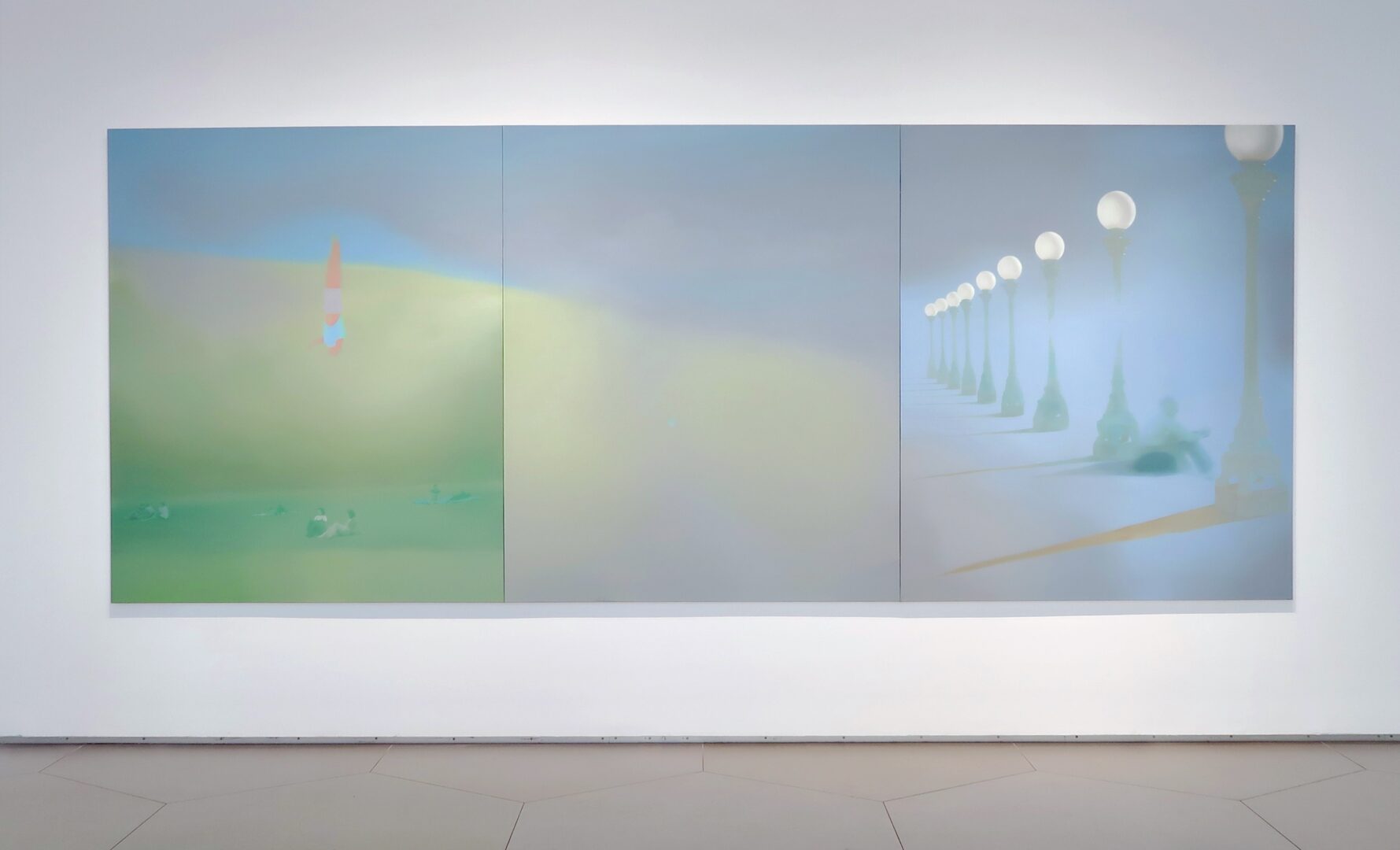
Image Credits
Sona Lee (myself)
so if you or someone you know deserves recognition please let us know here.

